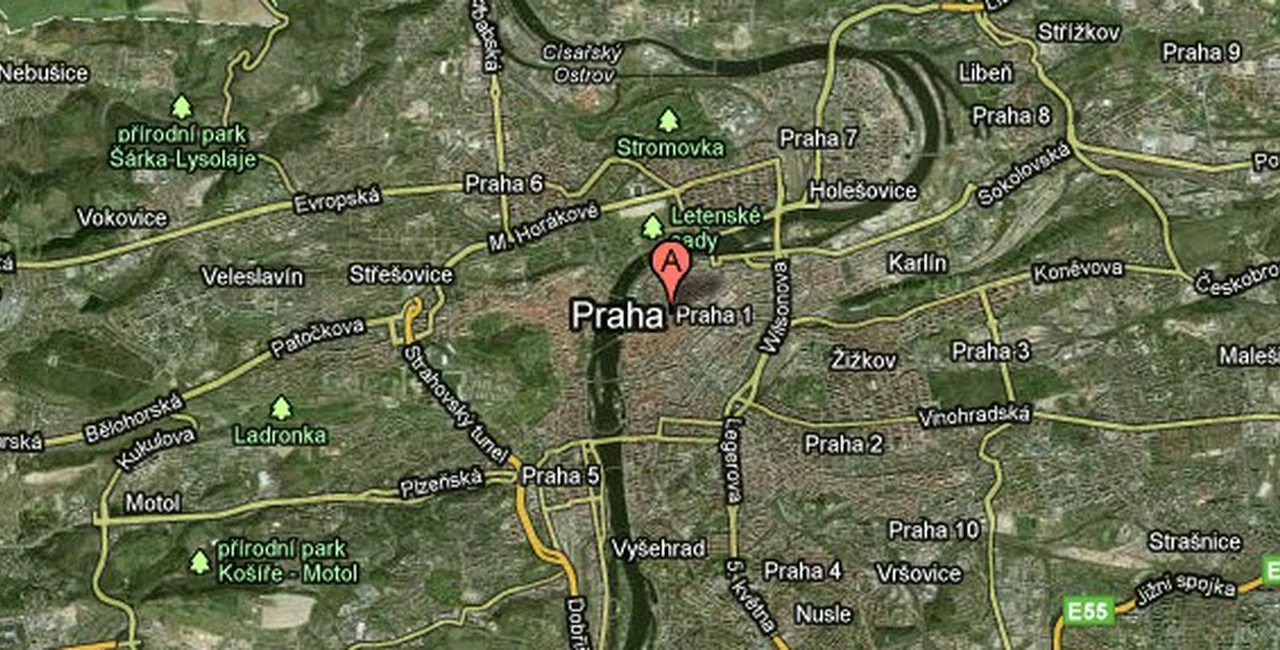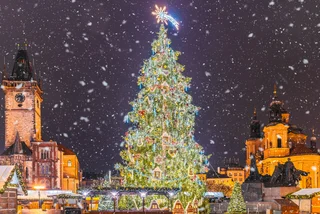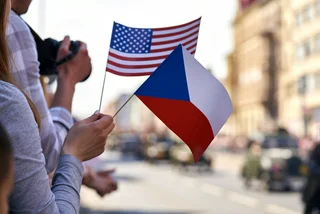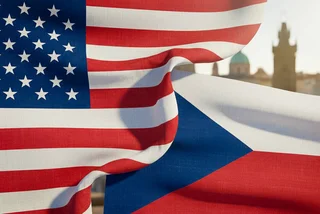Where you decide to live will surely factor into your overall Prague experience – some districts, though only separated by a few kilometers, can feel like opposite ends of the globe. Before signing that long-term lease we highly recommend getting a feel for the cityscape.
Prague 1: Truly the heart of Prague; comprised of the districts Malá Strana (Lesser Quarter), Staré Město (Old Town), and Nové Město (New Town). Although centrally located and bustling with an abundance of restaurants, pubs, theaters, museums, galleries, and shops, the ever-present crowd of tourists (not to mention the lofty rents) can make this area virtually uninhabitable, especially for those with families.
PARTNER ARTICLE
Prague 2: The leafy suburb of Vinohrady is a favorite among expats for a trio of reasons: its proximity to the city center, its easy access to public transport, and its culinary offerings – here you´ll find streets jam-packed with trendy restaurants serving everything from sushi to tapas. The abundance of parks and green spaces also makes Vinohrady an attractive option for those with young children. Alas, as with all good things that are discovered by the masses, this area is becoming increasingly expensive.
Prague 3: Bordering progressively upscale Vinohrady is the more working-class Žižkov. Teeming with restaurants and pubs (more per square km than any other neighborhood) and surrounded by its own fair share of parks and greenery, this hilly district´s reputation as Vinohrady´s “rougher” cousin is undeserved. Žižkov is equally trendy, if not a bit grittier, with cheaper apartments for the urban-minded and plenty of after-hours action for night owls.
Prague 4: Nestled on the Vltava River and dominated by the Braník and Podolí neighborhoods, this is Prague´s most residential, and, some say, safest district. Here outdoor pubs, parks, and Czech restaurants abound. Warm weather brings golfers to its courses and rollerbladers to its tree lined streets. The lack of a central metro hub may prove inconvenient but tram and bus connections are plentiful. The Pankrác and Budějovická areas have better public transport but aren´t quite as attractive as Braník or Podolí due to the looming communist style housing or paneláky. Two of the city´s largest international schools are located in Prague 4, giving the expatriate population a considerable boost.
Prague 5: Smíchov, south of Malá Strana, is on the pricey side and can feel crowded with all the malls, cinema complexes, and office buildings in the vicinity. But the public transport is good and nice neighborhoods with historic homes and small paneláky can be found in Košíře, Motol, Hlubočepy, and Radlice. Though cozy, these residences are far from the center and shops and entertainment are scarce.
Prague 6: Dejvice is similar to Vinohrady in expat popularity (Nebušice is especially favored by expats) and landscape. Rents are typically cheaper and pubs and eateries are decidedly more “Czech” in atmosphere. Prague 6 is an ideal place for families with many schools and parks nearby. Ořechovka and Hanspaulka are two of the nicest residential areas in the city, characterized by luxurious houses and villas. Public transport stops can be few and far between but, for families who can afford them – Prague 6 is home to many diplomats and ambassadors – these areas are nice places to nest.
Prague 7: Holešovice is situated quite near the city center. Some of its neighborhoods are just a short walk from lively Letná and Stromovka parks where dog-walkers, rollerbladers, and beer gardens are plentiful. Not all Letná residences are eye pleasing but it can still be a very convenient place to live. An ample selection of restaurants (everything from Tex-Mex to Spanish to French), nearby Sparta football stadium, and good shopping continue to lure the international community here.
Prague 8 & 9: Karlín in Prague 8 was the district worst hit by the 2002 floods but has experienced a brilliant renaissance thanks to the massive River City development, an office-building and luxury apartment complex. The stylized living spaces, cafés, and state-of-the-art gyms cropping up as a result of the development will continue to draw yuppie types while a strong presence of die-hard locals keeps the mix interesting. Kobylisy, Prosek, Ládví, and Letňany in Prague 9 are a good distance from the center, although Metro line “C” now extends to Letňany.
Prague 10: Vršovice has a Vinohrady feel but is a bit further from the center, with lower rents. But as the neighborhood becomes increasingly popular, prices have begun to rise. Eateries, entertainment, and access to public transport links aren´t plentiful but do exist. Hostivař is a quiet residential area dominated by Hostivař Dam (great for swimming and sunning in the summer) and surrounded by a well-maintained forest that is perfect for hiking and biking.
Types of Housing
Činžák: Four- or five-story pre-war buildings, constructed in the 1920s and 1930s. Elevators were often installed in these buildings later; some are still without.
Panelák: High-rise apartment buildings built during the communist era. Highly visible and cheap to live in; a lasting reminder of Soviet rule.
Rodinný dům: Detached single-family homes.
Vila: Sprawling family homes, constructed in the 1920s and 1930s; these days populated by the more wealthy.
***
OTHER PRAGUE DISTRICTS:













 Reading time: 4 minutes
Reading time: 4 minutes 


















